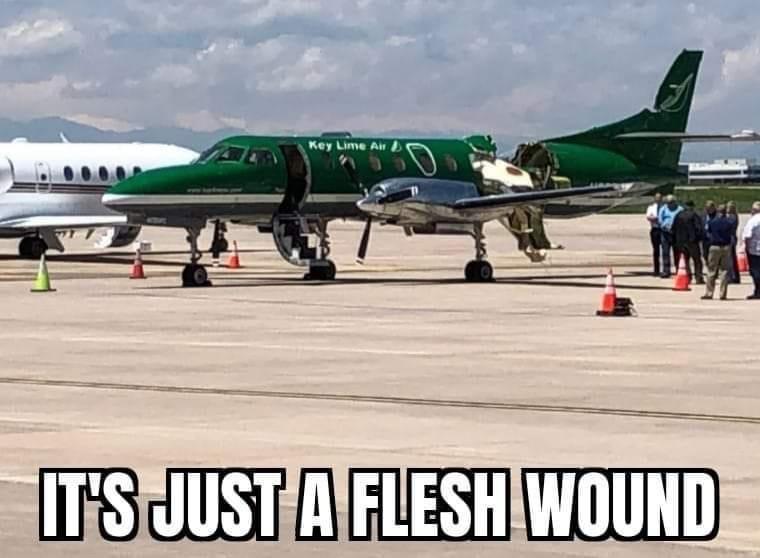midlifeflyer
Touchdown! Greaser!
No. Student pilots have no trouble with the parallel runways at KAPA. This is an airport with over 300,000 ops annually, a large percentage of them being flight training at one of the about half dozen flight schools based there. Takeoff and landing practice on 17R/35L while other ops are taking place on the parallel is an almost constant occurrence. A student pilot there just sees it as normal.but don’t we think ‘student pilot’ can explain a good amount of this?
I'm becoming very interested in the number of folks who see this great problem with the parallels. It's really not the big deal some seem to be imagining from this highly unusual one-off accident,


